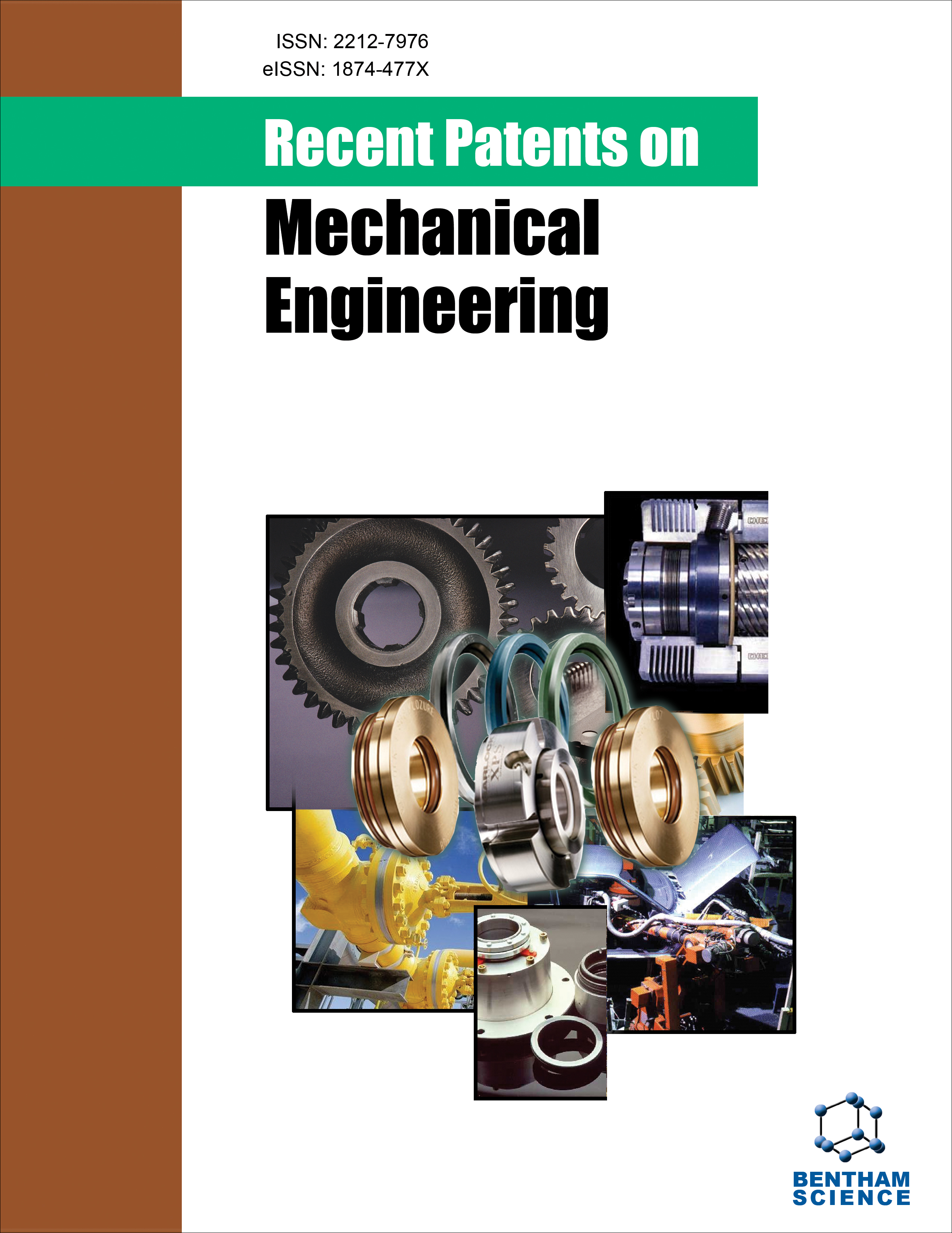
Full text loading...

This research aims to mitigate defects in the turning operation of thrust plates used in fighter jet fuel tank assemblies, thereby reducing the rejection rate and improving overall quality. This aligns with the aerospace industry's reliability goals.
The thrust plate is a critical component in fighter jet fuel tank assembly, transmitting engine thrust to the airframe. Quality compromises in this component can impair jet performance. It was observed that the thrust plate had a rejection rate of about 2.9% due to various defects. This real-world scenario underscores the importance of our study on the thrust plate and its potential impact on the aerospace industry. The rejection rate underscores its significance and potential for patent by quality improvement in turning of the thrust plate.
The objective is to mitigate turning operation defects on the thrust plate to reduce rejection rates, aligning with aerospace industry reliability goals.
Experimentation encompassed four pivotal factors: turning speed, feed rate, cutting depth, and tool inserts, implemented through Taguchi's Orthogonal Array technique. Grey Relational Analysis was utilized to optimize parameters in thrust plate turning. Specifically, this paper targeted the enhancement of its diameter, surface roughness, and tool life.
A single coefficient for the multiple responses, i.e., grey relational grade, has been determined, and optimum levels for the parameters have been identified. Confirmation experiments with the optimal factor level combination were carried out on a sample of thrust plates, and no rejections were observed.
An experimental design based on Taguchi’s orthogonal array approach was used to conduct the experiments. The Grey Relational Analysis has been applied to analyze the experimental results and optimize the turning operation process parameters for the responses thrust plate diameter, tool life, and surface roughness. With this, the rejection of the thrust plate has been considerably reduced.